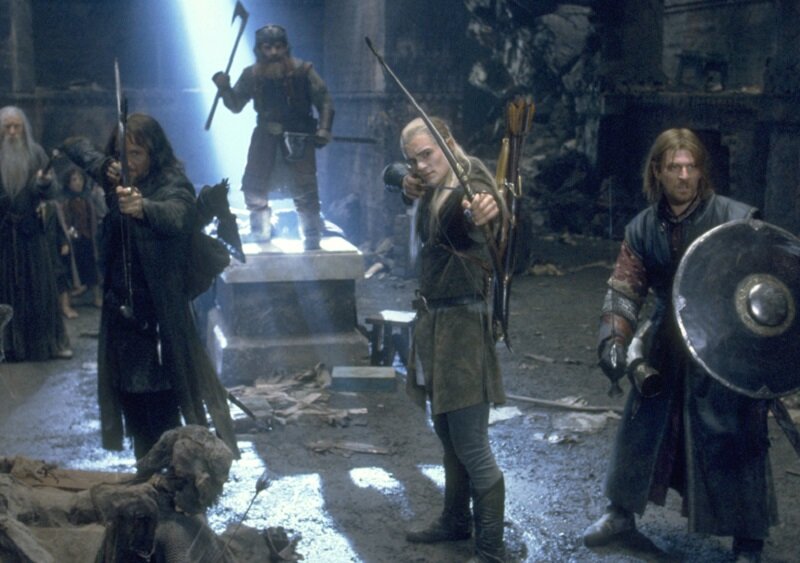The Class Politics of Lord of the Rings
Lord of the Rings: The Fellow of the Rings. Image Courtesy of New Line Cinema.
I’ll just get it out there - I think Peter Jackson’s Lord of the Rings, and especially The Fellowship of the Ring, are some of cinema’s all-time great achievements. The world-building is exceptional, the writing shows such clarity of thought in terms of how to adapt the books for the screen, and the mixing of practical effects such as detailed large-scale models with cutting edge CGI was seamless and still holds up much better than most of what Hollywood is putting out two decades later. Lord of the Rings epitomized what cinema can be when everything comes together in the right place at the right time and in the right way.
Instead of looking at these films in purely cinematic terms, I’d like to look at the story they tell and the ways in which it reflects the changing class and social structures of 20th century England when Tolkien was writing the books. As films there’s not a whole lot to say - they are great and timeless and reflect the height of filmmaking at that time.
Of course, probably their greatest achievement is the world-building. The way Jackson brings Middle Earth to life is extraordinary, and he does it by not shoving it down your throat the whole time. The big ancient statues of the Argonath loom in the background as the Fellowship floats by, for instance. They are there and they feel like a real part of a real world, but the movie doesn’t bash you over the head with it.
The people of Middle Earth are sketched out and brought to life in similarly subtle ways. You have the noble and immortal Elves of Rivendell and the woodland kingdoms, we get some flashes of the Dwarves hiding out in their mines, and then we have the world of Men who, we are told, are destined to inherit the Earth. And the entire story more or less revolves around a society constructed in this way. You’ll notice a fairly clear hierarchy here, one that bears some interesting similarities to the changing social class structure of England in the early 20th century.
The Elves are the most powerful and the wisest. They have the most resources, the longest lives and the fanciest houses. To me they bear more than a passing resemblance to the british aristocratic ruling class; and just like Britain’s landed gentry by the first half of the 20th century they were in a state of decline from their previous heights, ceding territory to the rapidly expanding middle class.
So who are the middle class of Middle Earth? Men of course! And just as in England during the time when Tolkien was writing these stories, we are told repeatedly throughout Lord of the Rings that the time of the Elves is over and the time of Men has come (assuming they can defeat the fascist authoritarianism of Sauron, of course).
Dwarves are also pretty clearly built in the image of working class miners who were driving big industrial booms in Northern England. You might even be able to tease out an environmentalist message here, as the Dwarves dug too deep in Moria and awakened a burning fire monster. Lord of the Rings tells us they are there, doing their work underground extracing mineral resources, but the real story is the arrival of Aragorn and the world of Men to inherit their glory, just as the British middle class was doing in the real world. I mean, it’s not a perfect parallel but that’s what makes it art.
Anyway, you can see that the world of Middle Earth, for all its fantastical flourishes and magic and inventive linguistic tricks and detailed backstory, is basically just a reflection of the changes underway in British society at the time with the rise of the middle class pushing a group of immortal aristocrats out of the picture and forcing them to flee to Valinor where they will turn into some kind of magical light. Or something like that.





